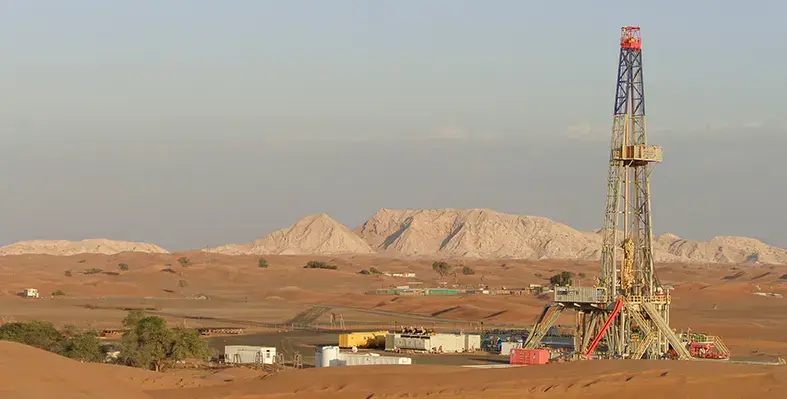Global upstream oil investment is set to fall this year for the first time since the Covid slump in 2020, with upstream oil and gas spending gravitating to the Middle East, according to the 2025 edition of the IEA’s annual World Energy Investment report
The forecast 6% drop, the steepest since 2016, is driven mainly by a sharp decline in spending on US tight oil, and reflects lower oil prices and demand expectations. Upstream natural gas spending is set to maintain the levels seen in 2024. Together, upstream oil and gas investment for 2025 is forecast at less than US$570bn, a decline of around 4%. Of this, 40% is dedicated to slowing down production declines at existing fields. Global refinery investment in 2025 is set to fall to its lowest level in the past 10 years.
In contrast, investment in new LNG facilities is on the rise, with new projects in the USA, Qatar, Canada and elsewhere set to come online. Between 2026 and 2028, the global LNG market is set to experience its largest ever capacity growth, with the USA set to nearly double its export capacity.
Global spending on upstream oil and gas is gravitating to the Middle East, the report finds, which is set to invest around US$130bn in oil and gas supply in 2025, around 15% of the global total. The region accounts for around 30% of global oil production and 17% of global natural gas production.
Saudi Arabia’s upstream oil and gas investment is the highest in the Middle East, and is set to reach US$40bn in 2025, nearly 15% higher than in 2015. In Qatar, domestic investment has ramped up sevenfold since 2015 with the accelerated development of the huge North Field, while foreign investment has quadrupled in the same period.
Global capital flows to the energy sector are is set to rise in 2025 to a record US$3.3 trillion, a 2% rise in real terms on 2024, despite headwinds from elevated geopolitical tensions and economic uncertainty, with clean energy technologies attracting twice as much capital as fossil fuels. Around US$2.2 trillion is forecast to be invested in renewables, nuclear, grids, storage, low-emissions fuels, efficiency and electrification, twice as much as the US$1.1 trillion going to oil, natural gas and coal.
This investment in clean technologies reflects not only efforts to reduce emissions but also the growing influence of industrial policy, energy security concerns and the cost competitiveness of electricity-based solutions, according to the report.
“Amid the geopolitical and economic uncertainties that are clouding the outlook for the energy world, we see energy security coming through as a key driver of the growth in global investment this year to a record US$3.3 trillion as countries and companies seek to insulate themselves from a wide range of risks,” said IEA Executive director Fatih Birol. “The fast-evolving economic and trade picture means that some investors are adopting a wait-and-see approach to new energy project approvals, but in most areas we have yet to see significant implications for existing projects.”
Also highlighted in the report is the dominance of China as the single largest investor in energy, with its share of global clean energy spending rising from a quarter to almost a third. “When the IEA published the first ever edition of its World Energy Investment report nearly ten years ago, it showed energy investment in China in 2015 just edging ahead of that of the United States,” Dr Birol added. “Today, China is by far the largest energy investor globally, spending twice as much on energy as the European Union – and almost as much as the EU and United States combined.”
The report also underlines the rise in electricity investments and the doubling of global spending on low-emissions power generation, led by solar PV, with investment in solar expected to reach US$450bn this year, making it the single largest global energy investment item. Battery storage investments are also climbing rapidly. Investment in grids, however, currently standing at US$400bn per year is failing to keep pace with spending on generation and electrification, with obstacles being lengthy permitting procedures and tight supply chains for transformers and cables.Spending patterns remain very uneven globally – with many developing economies, especially in Africa, struggling to mobilise capital for energy infrastructure, the report finds. Today, Africa accounts for just 2% of global clean energy investment. Total energy investment across the continent has fallen by a third over the past decade due to declining fossil fuel spending and insufficient growth in clean energy. To close the financing gap in African countries and other emerging and developing economies, international public finance needs to be scaled up and used strategically to bring in larger volumes of private capital, according to the report.









